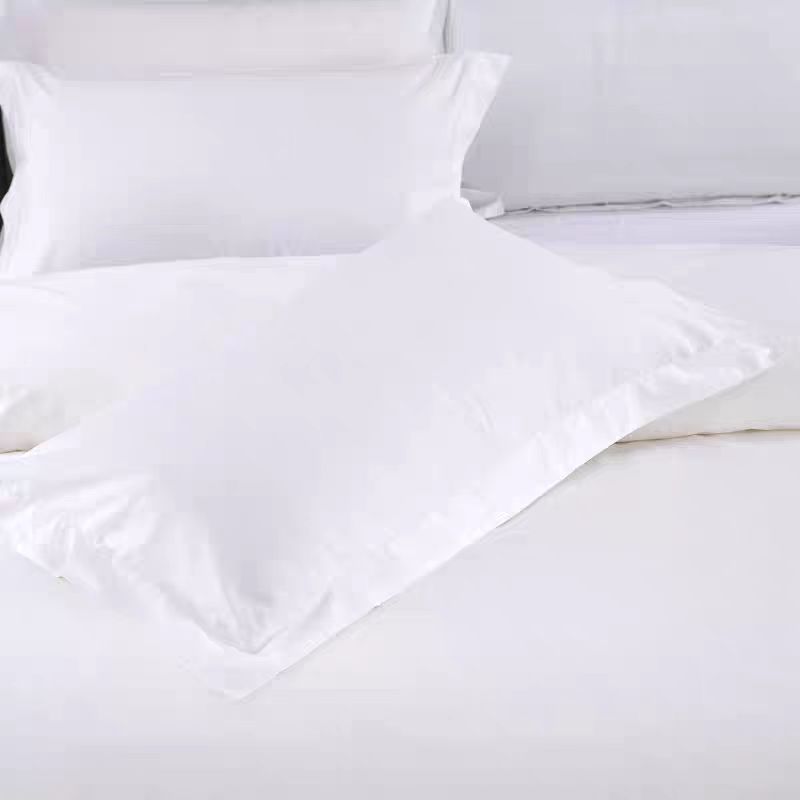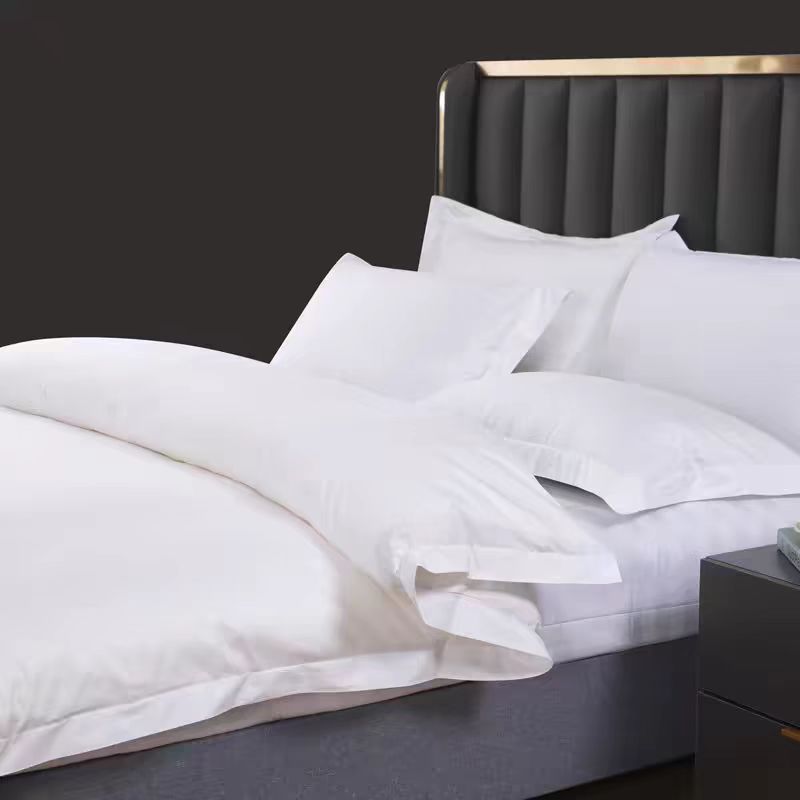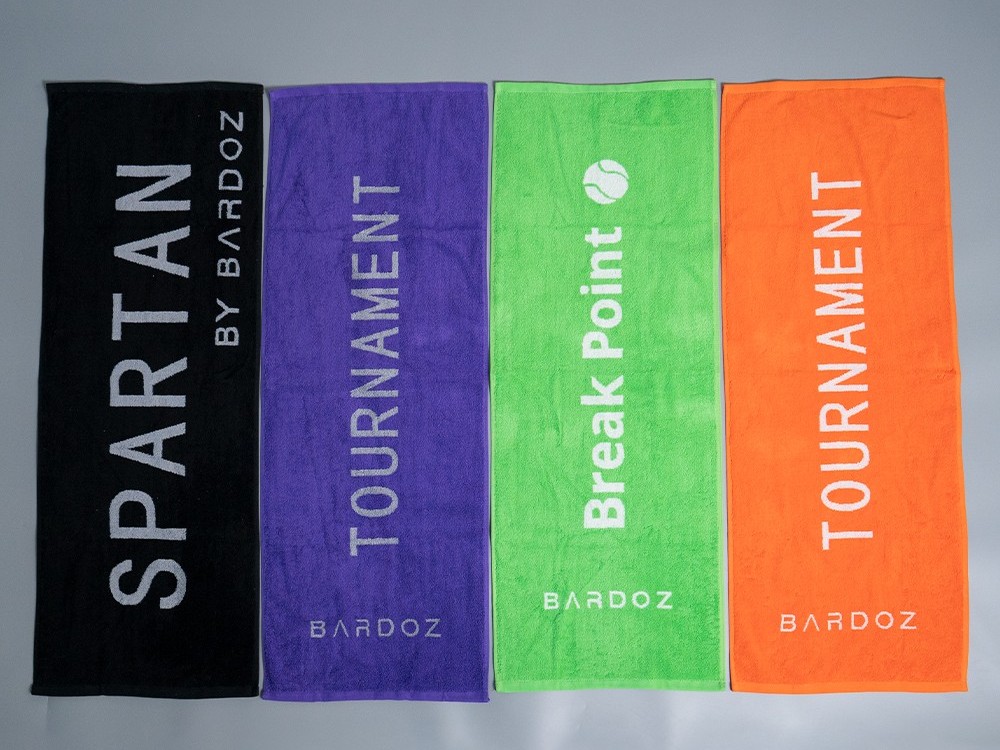When choosing bedding, many people habitually touch the fabric with their hands and secretly think to themselves: This fabric is so thin. The quality must be poor. It will deform after a few washes! Or: This fabric is quite thick and should be very durable! So, can the thickness of bedding......
When choosing bedding, many people habitually touch the fabric with their hands and secretly think to themselves: This fabric is so thin. The quality must be poor. It will deform after a few washes! Or: This fabric is quite thick and should be very durable! So, can the thickness of bedding fabric really determine its quality? Today, let's talk about this topic.
The thickness of the fabric does not equal its quality
Many people believe that the thicker the fabric is, the better its quality and the more durable it will be. The thinner the fabric is, the worse its quality will be and it will be prone to deformation. In fact, this view is not entirely correct. The thickness of the fabric is not the only factor determining the quality of bedding. What truly affects the quality of the fabric are the following key points:

1. Yarn count density of the fabric
The thickness of the fabric is primarily related to the density of the yarn count. Yarn count density consists of two parts: yarn count and density.
Yarn count: Yarn count refers to the fineness of the yarn. The length that can be drawn from 1 gram of yarn is the number of strands. For instance, if 1 gram of yarn is stretched out to a length of 30 meters, it amounts to 30 strands (30 seconds). The smaller the yarn count, the coarser the yarn. The larger the number, the finer the yarn. Generally speaking, the higher the yarn count, the thinner the fabric, and the softer and more comfortable the hand feel.
21 pieces: Commonly used in winter bedding, it has a thick and solid feel and is suitable for thickening matte fabrics.
40 pieces: Suitable for spring and autumn bedding, light, thin and breathable.
60 pieces or more: Suitable for summer bedding, fine and soft, with good breathability.
Density: Density refers to the number of warp and weft yarns per square inch. For instance, 128×68 indicates that there are 128 warp yarns and 68 weft yarns per square inch, with a total density of 196. The greater the density, the tighter the fabric, the thicker the hand feel and the better the quality.
144×76: Compared with 128×68 fabric, it is more delicate and thick, of higher quality but also more expensive.

2. The microstructure of the fabric
The organizational structure of the fabric also affects its thickness and hand feel. There are three common organizational structures:
Plain weave: Interwoven with one warp and one weft, the fabric is the thinnest, strong and durable, but its softness and breathability are relatively poor.
Twill: The warp and weft yarns are interlaced. The fabric is thicker than plain weave, has a soft hand feel and better breathability.
Satin weave: There is less interlacing of warp and weft yarns. The fabric is smooth and soft with high gloss, but it is relatively thin.
Different organizational structures are suitable for different seasons and needs For instance, plain weave is suitable for summer, while twill and satin weave are ideal for spring and autumn.

3. Fabric processing techniques
The processing of the fabric can also affect its thickness and texture. For instance, mercerization is a common process that can make the surface of pure cotton fabric smooth and more lustrous. If the fabric has not undergone mercerization treatment, its surface will appear rough, the hand feel will be thick, and the color fastness will also decline.
The thickness of the fabric does not directly determine the quality of bedding. What truly affects the quality of bedding are factors such as yarn count density, organizational structure, and processing techniques. Although high-count and high-density fabrics are relatively thin, they have a soft hand feel and good breathability, making them suitable for use in summer. While low-count and low-density fabrics are thicker, they are suitable for keeping warm in winter.

So, the next time you choose bedding, don't just look at the thickness of the fabric, but also pay attention to details such as yarn count, density and organizational structure. Only by comprehensively considering these factors can one select high-quality bedding that truly suits them!

Towel Brand:Dream Princess Material:Pure cotton Size:customizable Process:embroidery Features:Quick drying, soft and durable

Towel Brand:Dream Princess Material:Pure cotton Size:customizable Process:embroidery Features:Quick drying, soft and durable

Towel Brand:Dream Princess Material:Pure cotton Size:customizable Process:embroidery Features:Quick drying, soft and durable